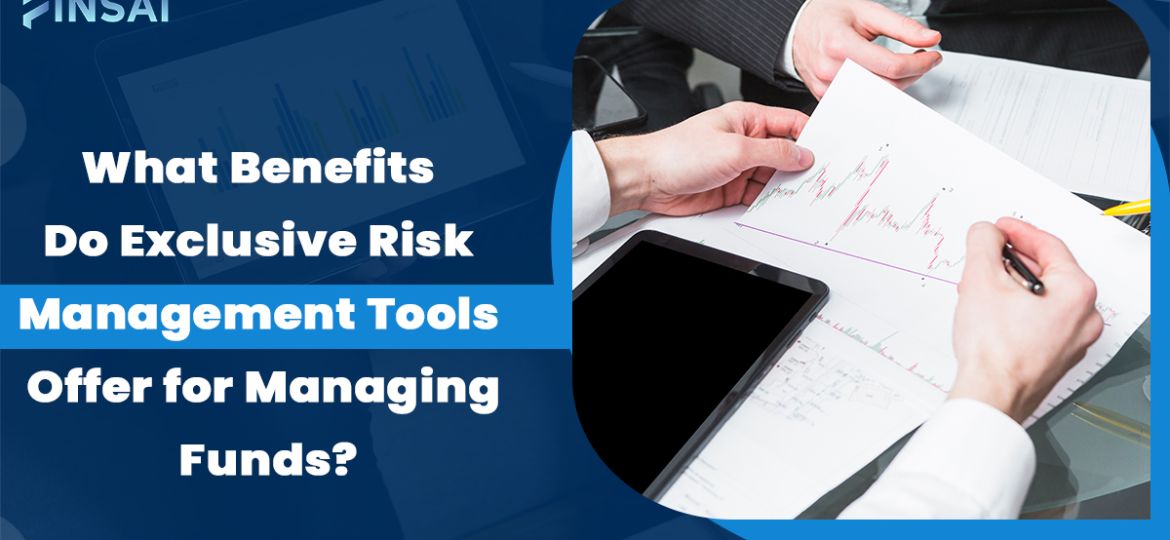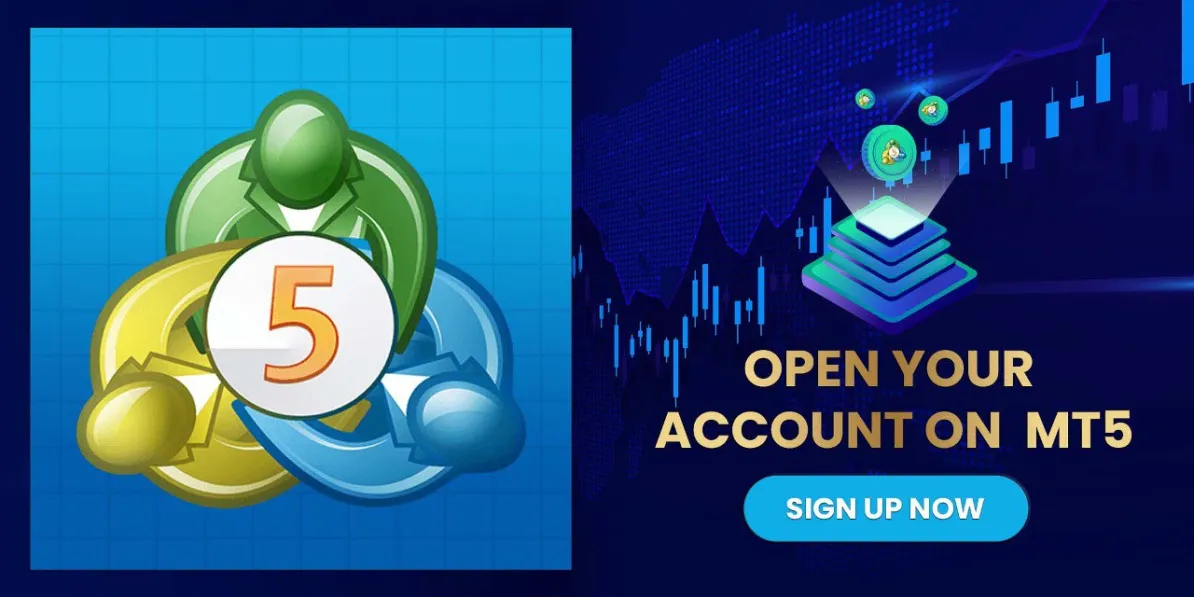
Maintaining capital and guaranteeing long-term success in the realm of forex trading depends on control of risk. The best forex trading platform gives traders special risk management features meant to enable them to properly handle their money, reduce possible losses, and maximize their trading plans. The advantages these instruments provide, as well as their contribution to improved fund management, are investigated in this paper.
Learning Forex Trading Risk Management
Risk management is the recognition, study, and reduction of possible losses resulting from trade operations. The natural volatility of the market in forex trading can result in either notable gains or losses. Traders run the danger of suffering a great financial loss without appropriate risk control. Helping traders negotiate these dangers depends much on the exclusive risk management capabilities provided by the top forex trading systems.
Advantages Of Specialized Risk-Management Strategies
1. Improved Capital Security
The protection of trading money is one of the main advantages of applying risk management instruments. These instruments help traders to specify the maximum risk they are ready to accept on every transaction. This will help them stop significant losses that would completely wipe out their trading records.
Stop-Loss Orders: A basic risk management tool, a stop-loss order lets traders decide at which particular price level their position will automatically be liquidated to limit more losses. If a trader buys EUR/USD at 1.1500 and sets a stop-loss at 1.1450, for example, their position will shut should the price drop to 1.1450, therefore restricting the loss to 50 pip. In volatile markets, where prices could swing quickly, this function is especially helpful.
Trailing Stop Orders: A trailer stop order is a more dynamic form of a stop-loss order. It changes automatically as the trader’s market price moves to her benefit. Should the market flip, the trailing stop will lock in gains by closing the position at the trailing stop level. For instance, the following stop will change upward by 100 pips if a trader sets a trailing stop 50 pips below the market price and the price increases by 100 pips. This instrument helps to guard gains and lets profits stream freely.

2. Enhanced Decisions Made Possible by Real-Time Data
The best Forex trading platform gives real-time data and analytics together with risk control features. Making wise decisions and changing plans as the state of the market develops depend on this knowledge.
Risk-Reward Ratio Analysis: Risk-reward ratio analysis enables traders to assess, in relation to risk, the possible profit of a trade. A good risk-reward ratio, say 1:2, suggests that the possible profit is twice the possible loss. Analyzing this ratio helps traders select deals with more possible profits over the risk involved, therefore guiding more strategic decisions.
Margin and Leverage Management: Forex trading sometimes entails the use of leverage, which can magnify both profits and losses. Real-time margin monitoring made possible by exclusive risk management technologies may help traders avoid overleverage of their positions. This helps to prevent margin calls, in which case the broker needs more money to keep a position. Good control of leverage helps traders lower their chance of major losses.
3. Risk Management Automated Trading
One of the strongest tools available on many of the best Forex trading platforms is automation. Automated trading systems—also referred to as algorithmic trading or expert advisers (EAs)—can carry out trades according to pre-defined parameters, including risk control guidelines. These methods eliminate emotional biases and guarantee consistent implementation of their techniques, therefore helping traders control risk.
Automated Risk Controls: Built-in risk controls, including automatic stop-loss placements, position size depending on account equity, and risk-reward ratio checks, can be included in automated trading systems. An automated system might be designed, for instance, to risk just 1% of the account balance on every trade, therefore guaranteeing that no one trade can result in a major loss. Those who might lack the discipline to personally follow their risk management guidelines would especially benefit from this degree of control.
Trade Alerts and Notifications: Many systems provide trading alerts and notifications that let traders know in real time about hazards or opportunities. Should a trader’s open position approach a stop-loss level, for example, the platform can inform them so they may review and act if necessary. These notifications also let traders know about important market occurrences that can affect their positions, thereby enabling their educated and proactive risk management.

4. Portfolio Management and Diversity
To lower exposure to any one risk, good risk management usually entails diversification—spreading investments across several currency pairs, asset classes, or trading methods. Special capabilities on the top forex trading systems help traders manage several positions concurrently and diversify their portfolios.
Multi-Asset Trading Platforms: Certain forex trading systems provide access to a large spectrum of financial products, including currencies, commodities, indices, and stocks. Through diversification among different assets, traders can lessen their reliance on the success of one market. A trader might allocate money to both the forex and commodity markets, for instance, therefore lessening the effect of negative swings in one market on their whole portfolio.
Portfolio Analytics: Advanced portfolio analytics tools give insights into the relationships between several positions and assets. The platform might advise diversifying into less linked pairings to lower risk if a trader owns highly correlated holdings in EUR/USD and GBP/USD. This strategy balances risk and possible profits to enable traders to maximize their holdings.
5. Scenario Analysis And Stress Testing
Features of stress testing and scenario analysis abound in exclusive risk management products. These instruments let traders replicate the performance of their portfolios under certain market scenarios, including abrupt price shocks, volatility changes, or economic developments. Knowing possible results helps traders to better prepare for negative situations and modify their plans.
Stress Testing: Stress testing is subjecting a trading portfolio to severe market conditions in order to evaluate its sensitivity to possible hazards. To observe how a sudden 10% decline in the value of a currency pair might impact their whole portfolio, for instance, a trader could replicate it. This technique enables traders to make changes before such events take place and help to find portfolio flaws.
Scenario Analysis: Scenario analysis is the study of how various market events—including changes in interest rates or geopolitical developments—may affect a portfolio. Running several scenarios helps traders create backup strategies and make forward decisions on how they would react to particular market conditions. By means of proactive risk management, the trader improves his capacity to negotiate ambiguity.

Final Thought
The Best Forex trading platform provides traders with the tools they need to properly handle their money, safeguard their capital, and maximize their trading plans—exclusive risk management tools. Through stop-loss and trailing stop orders, these instruments provide increased capital protection; real-time data helps to improve decision-making; risk management processes are automated; diversification and portfolio management are supported; and stress testing and scenario analysis are made possible.
In the forex market, long-term success for traders—especially beginners— depends on knowing and applying these tools. These risk-reducing techniques help traders negotiate the complexity of the forex market with more resilience and confidence. The value of strong risk management will always be fundamental for effective trading as the market develops.

